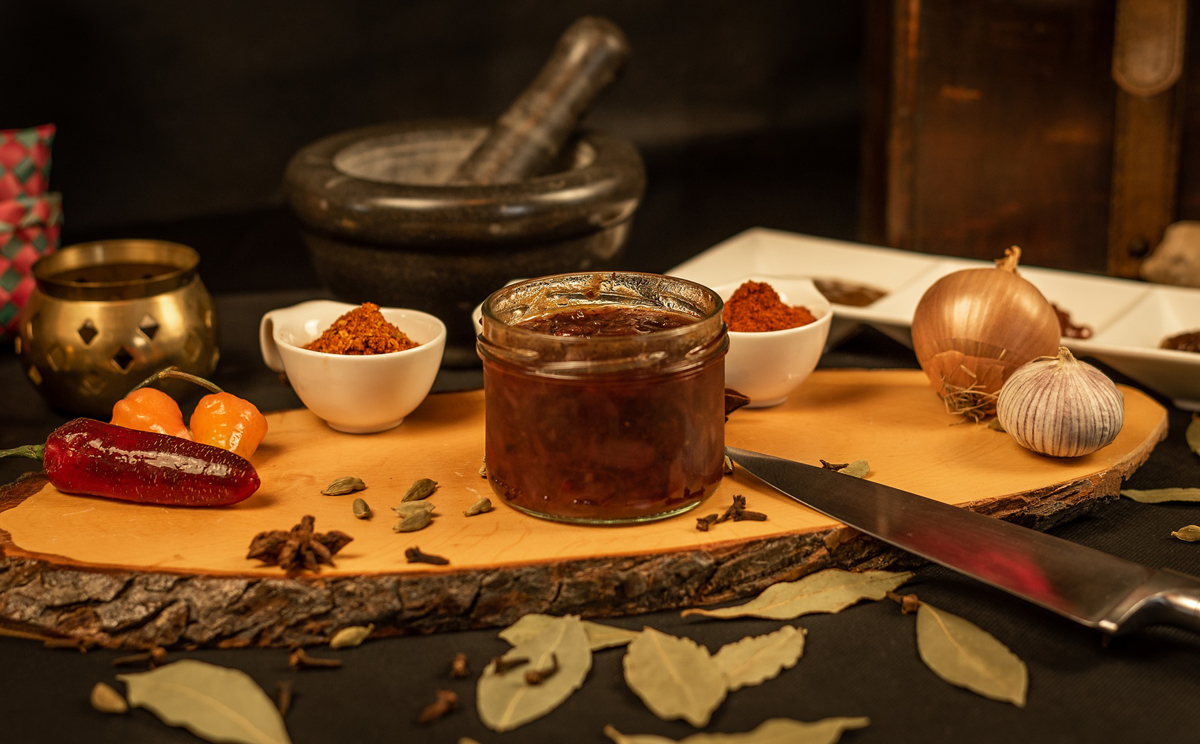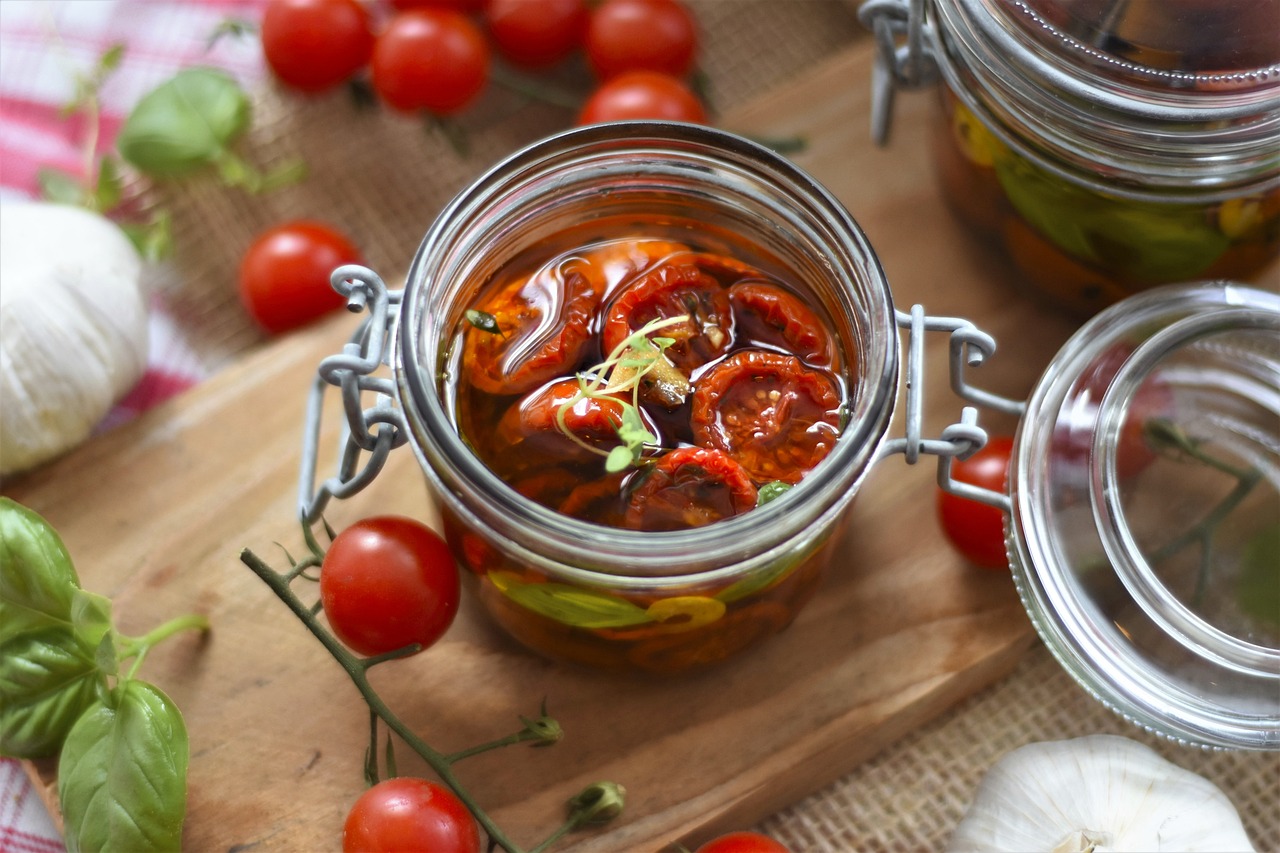5 Top Tips to Ensure Perfect Homemade Chutney

So, you’ve decided to make your own home made chutney. Maybe you’ve bought the fruit and vegetables or perhaps you have grown your own. Either way, it’s going to be delicious providing you don’t make some of the most common mistakes people make when making home made chutney and preserves.
Firstly, although that recipe may look heavy on the sugar do not be tempted to reduce, omit or substitute the sugar with low calorie alternatives. High sugar levels preserve food because they protect against microbial invasions by drawing water out of the microbes, causing them to shrivel up and die. Without adequate sugar in your recipe you risk your chutney spoiling and even food poisoning.
Another mistake some people make is to scrimp on the vinegar. This is a bad idea. Although your kitchen may smell like a chip shop whilst the chutney is being made, you will not taste the vinegar in the finished matured product. Like sugar, vinegar is vitally important in ensuring the food is properly preserved, keeps in good condition and does not give you food poisoning. Vinegar is particularly effective in inhibiting the growth of botulinum, the toxin that causes the (sometimes fatal) condition botulism due to its acidity.
Unless your chutney is going to be eaten shortly after it is made, you will need to consider what you are going to store it in. Some people use kilner or canning jars, others just use recycled jam jars. Whatever you choose don’t make the mistake many people make and omit to properly sterilize your equipment. This is another common reason why chutney spoils or goes mouldy as harmful bacteria are introduced at the point of bottling. I usually run my jars and lids through a hot wash in the dishwasher then place them in a hot oven for 10 minutes to fully sterilise them. Alternatively you could use a bleach or Milton solution. Whatever method you use, make sure your equipment and hands are scrupulously clean and avoid touching the insides of the lids or jars.
You really do need to vigorously boil the chutney and ensure it is piping hot at the point you bottle it. This not only ensures the chutney is the right texture and not too runny, but also assists with preservation. The air at the top of the jar has been expanded by the heat, so when you seal the jar (which you should do immediately you have poured in the chutney) the cooling air will contract and tighten the seal, ensuring your chutney lasts and lasts.
Finally, and you will need to use all your self control for this tip, let the chutney mature before you eat it. Whilst you could put it away for a month or two, all my best tasting chutneys have been stored for 6-18 months before opening. It really does improve the maturity and flavor of the chutney.
So, those are my top 5 tips for making the most delicious, succulent and tasty chutney, that will also keep for many years and improve in flavor as time goes on. Hope you enjoy yours!
The Author:
Paul A. Bradley
Photo.
Source: EzineArticles.com








